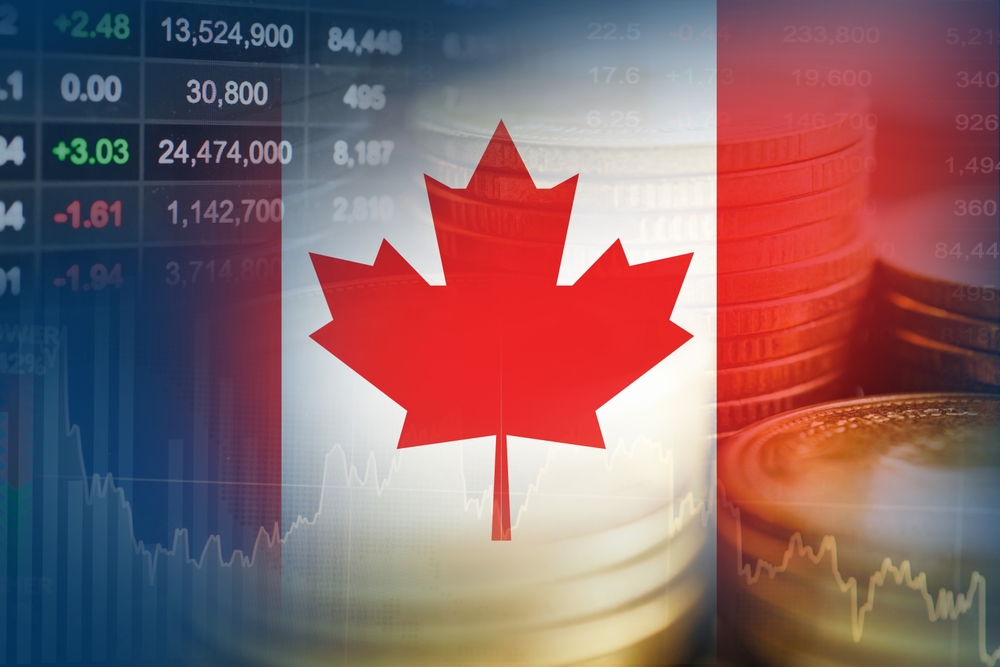Canada’s economy grew at an annualized rate of 1% in the third quarter, aligning with market expectations, according to Statistics Canada data released Friday. The growth was supported by household and government spending but partly offset by declines in business investments and exports.
For September, GDP rose 0.1%, falling short of forecasts, while preliminary estimates for October also indicate a modest 0.1% increase.
Economists React to GDP Figures
Andrew Grantham, Senior Economist, CIBC Capital Markets
Grantham highlighted that the GDP data indicates a weaker trend than anticipated by the Bank of Canada, which could lead to a 50 basis point rate cut in December:
“Today’s GDP figures point to a weaker recent trend in activity than the Bank of Canada was expecting. Next week’s employment figures will likely be more important in making a final determination.”
Doug Porter, Chief Economist, BMO Capital Markets
Porter noted that the third-quarter results, while expected, underscore the economic struggles seen over the summer and early fall:
“The headline quarterly number was exactly as estimated, but it’s disappointing given earlier expectations. The monthly results for September and October suggest growth remains sluggish heading into Q4.”
Nathan Janzen, Assistant Chief Economist, Royal Bank of Canada
Janzen connected the persistently slowing economy to elevated interest rates:
“GDP growth continues to underperform, reinforcing that interest rates are higher than needed to bring inflation sustainably back to 2%.”
Weak Growth Outlook Persists
The data reflects ongoing economic challenges in Canada, with indicators such as declining job openings pointing to further headwinds. The figures support arguments for a gradual easing of interest rates to stimulate growth and align inflation with the Bank of Canada’s 2% target.







